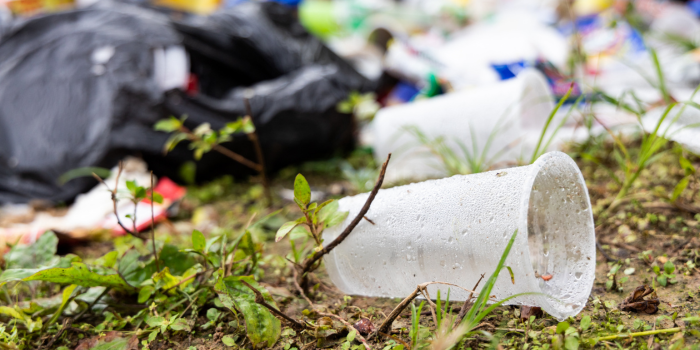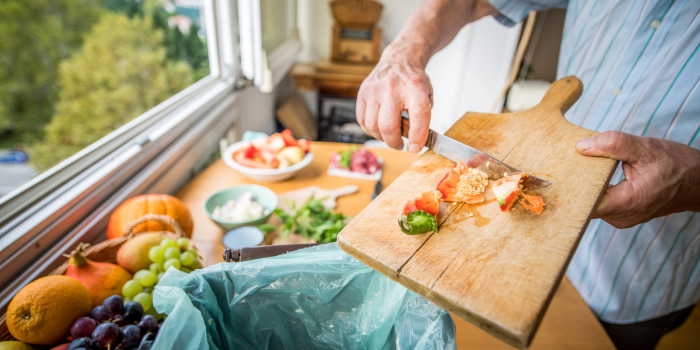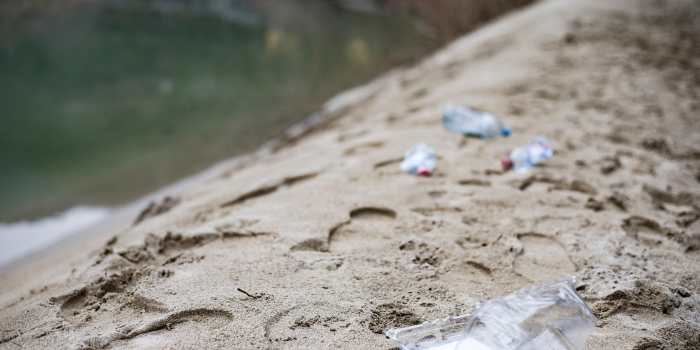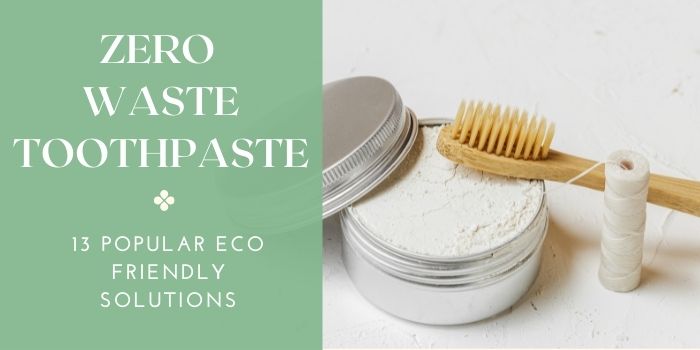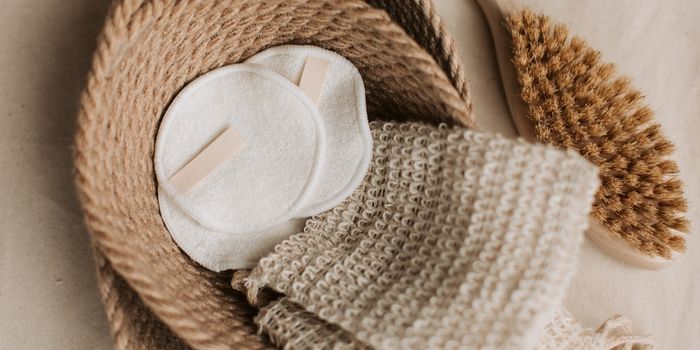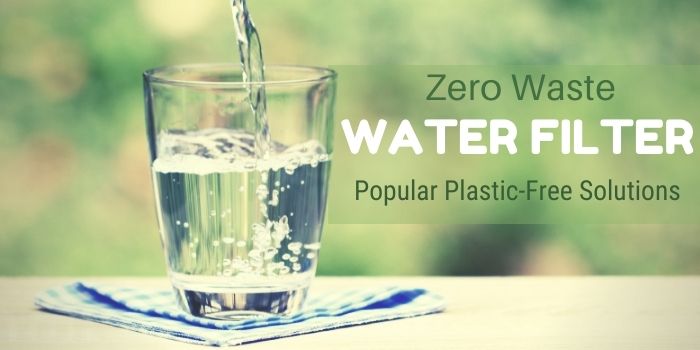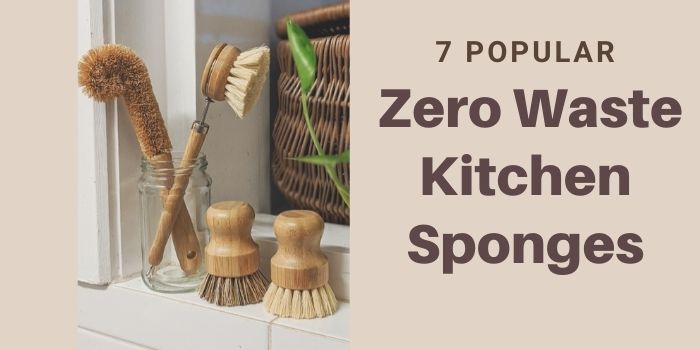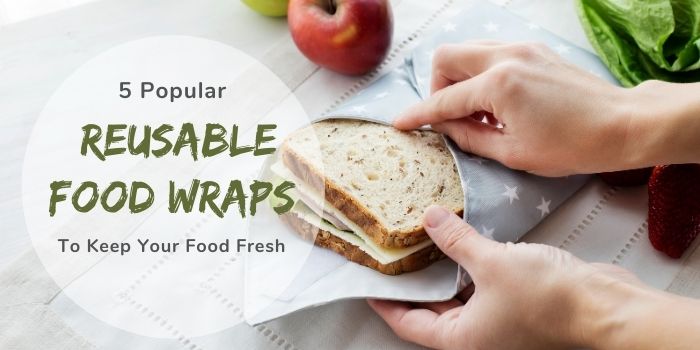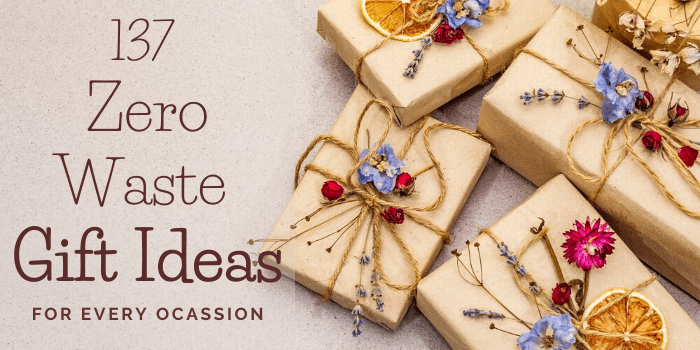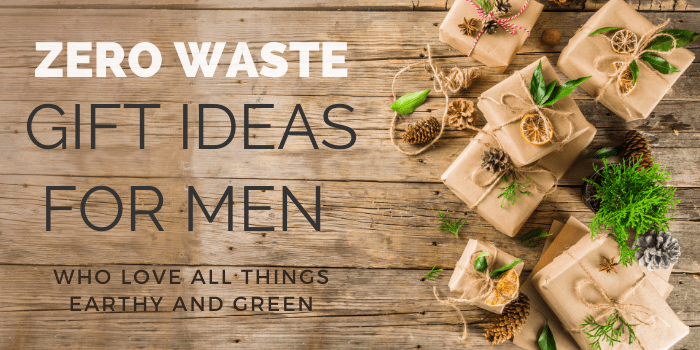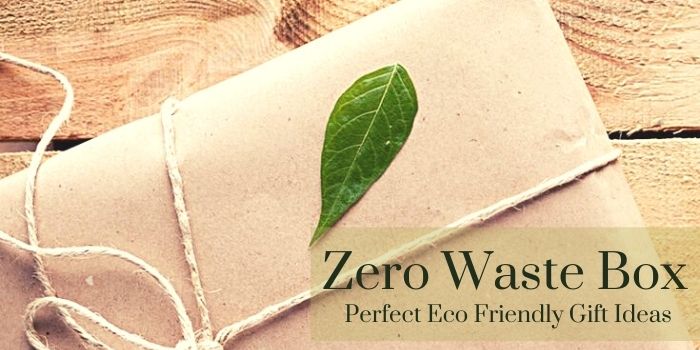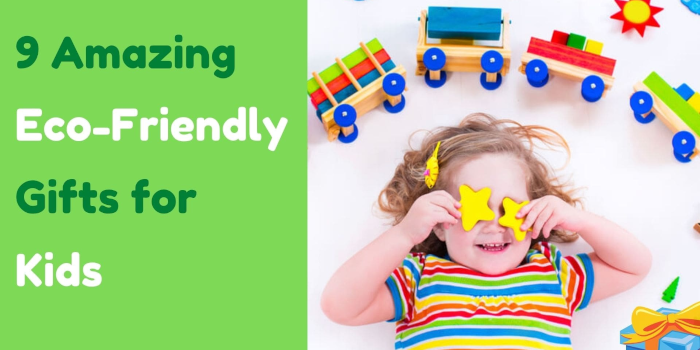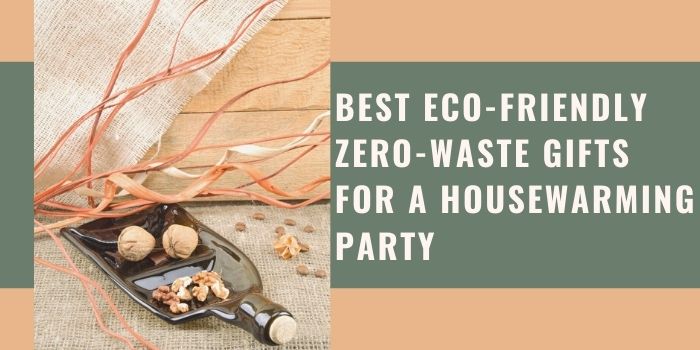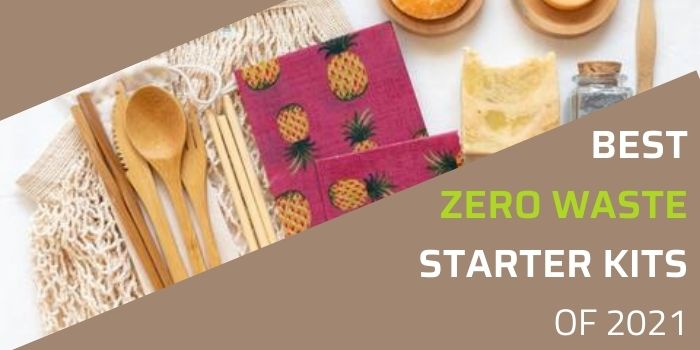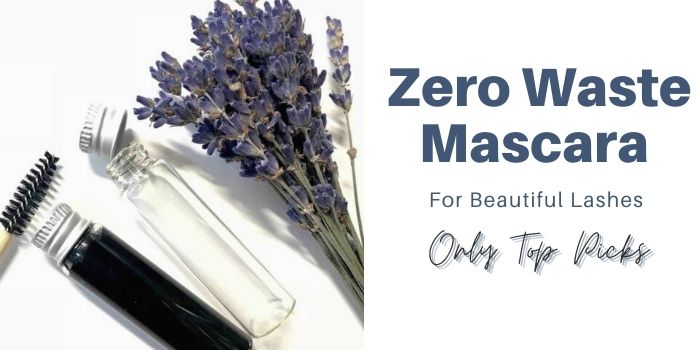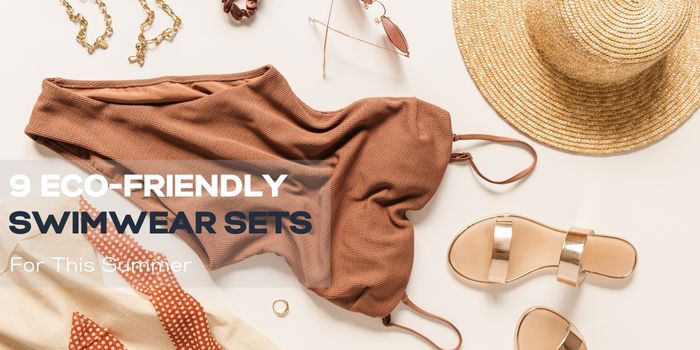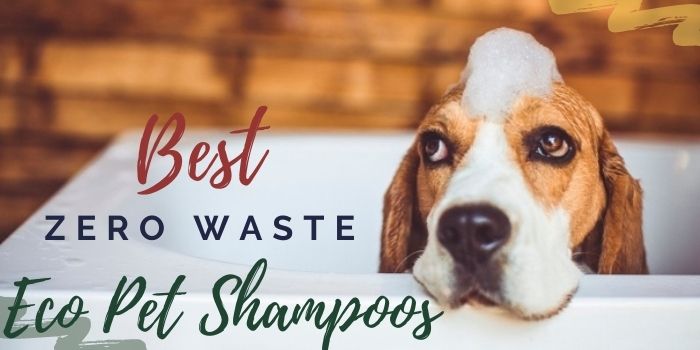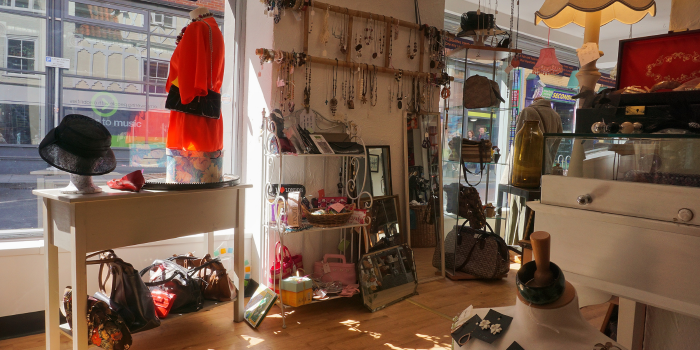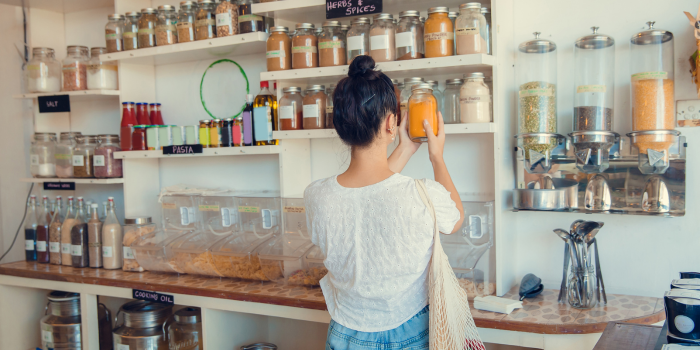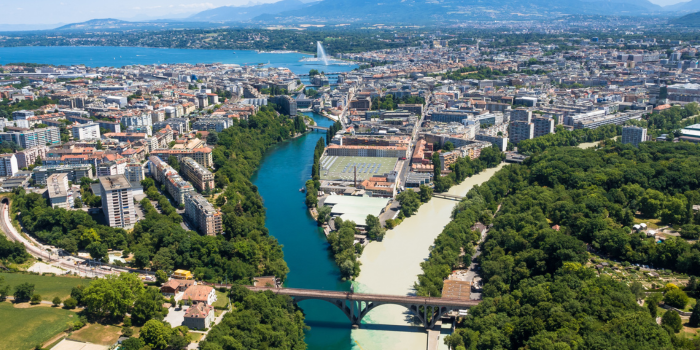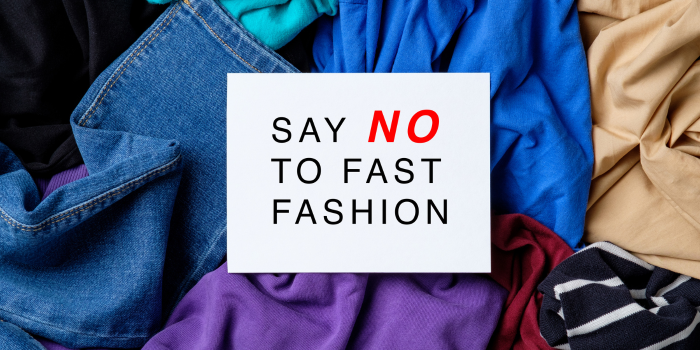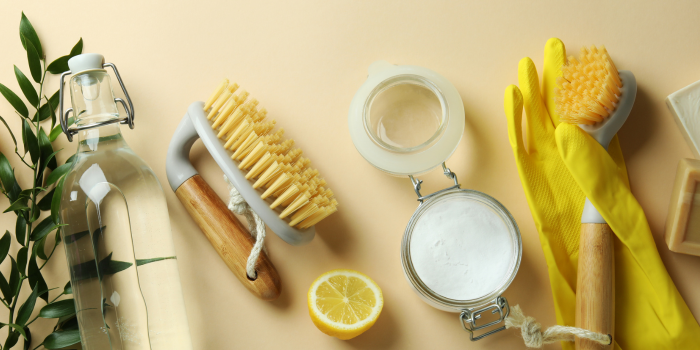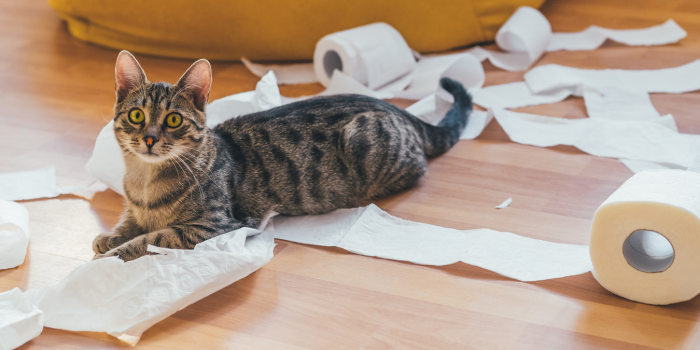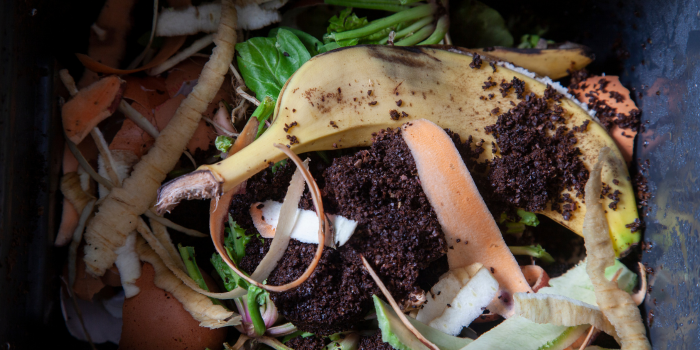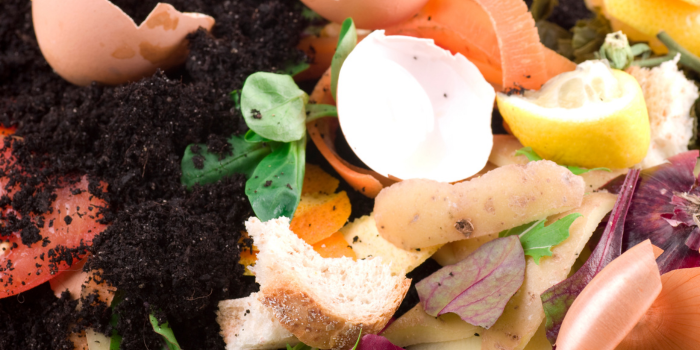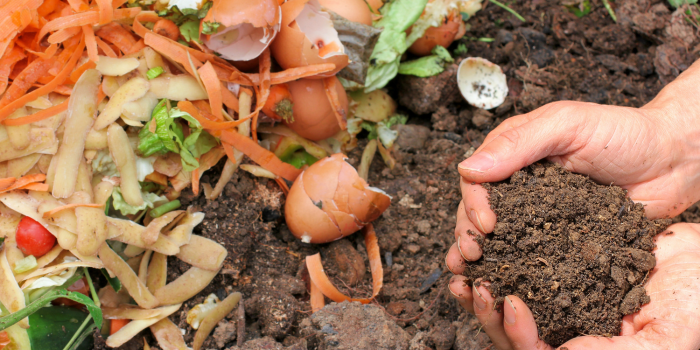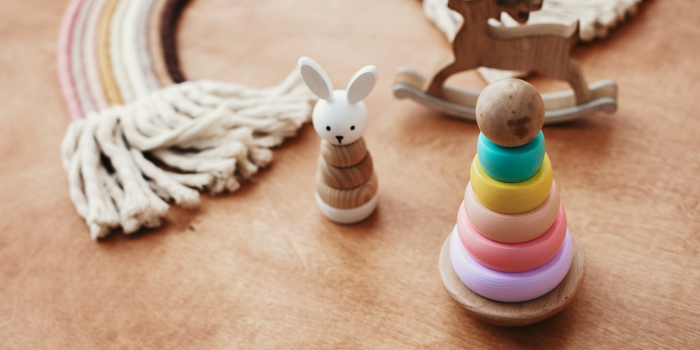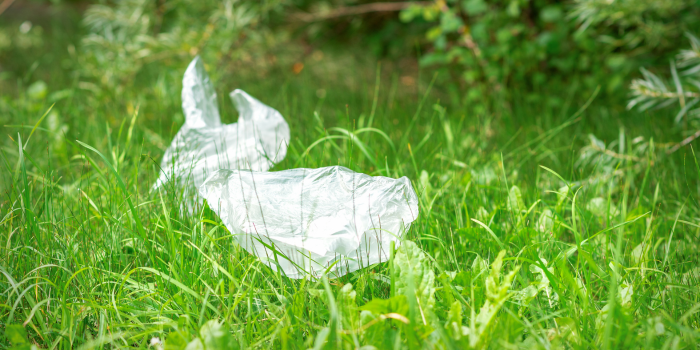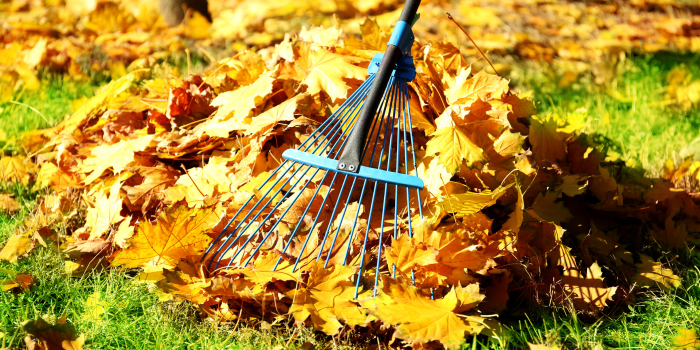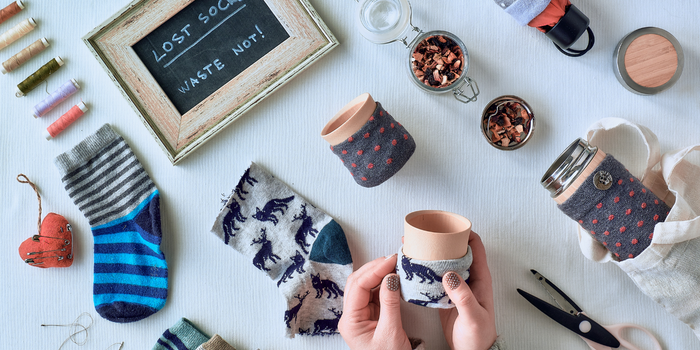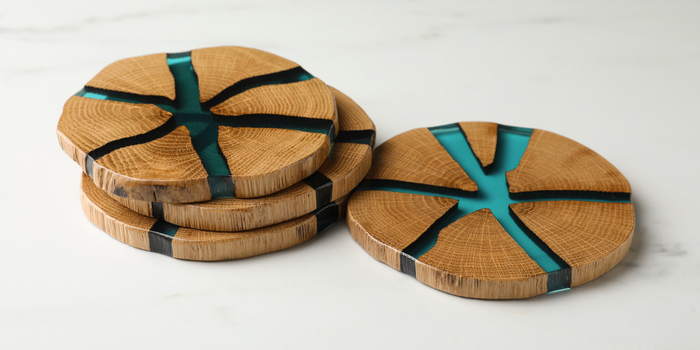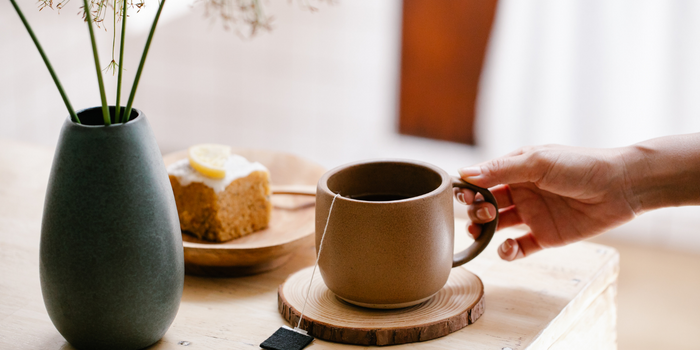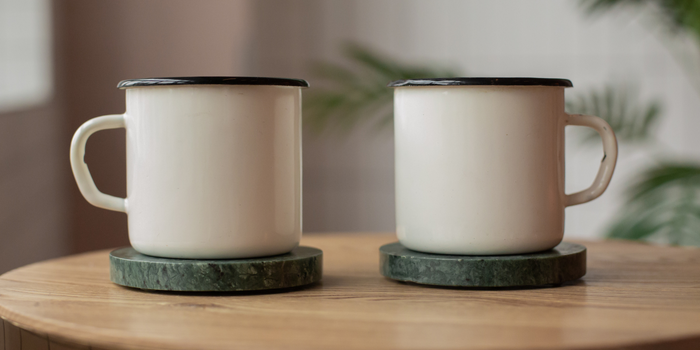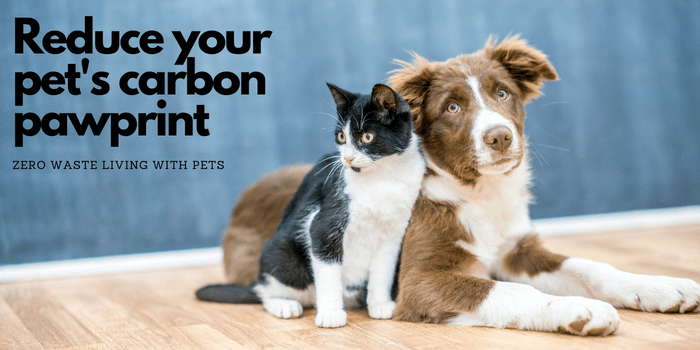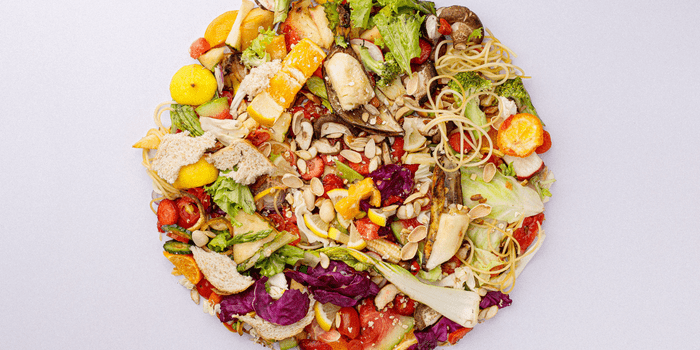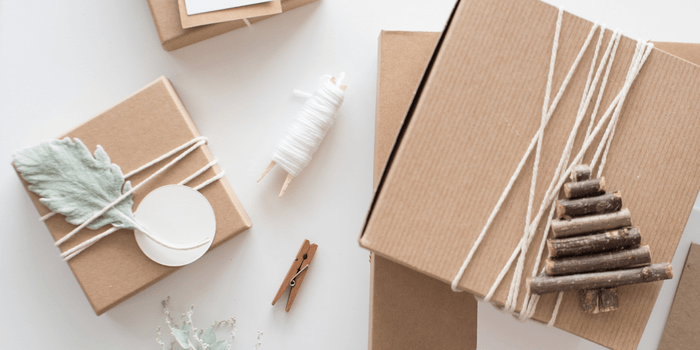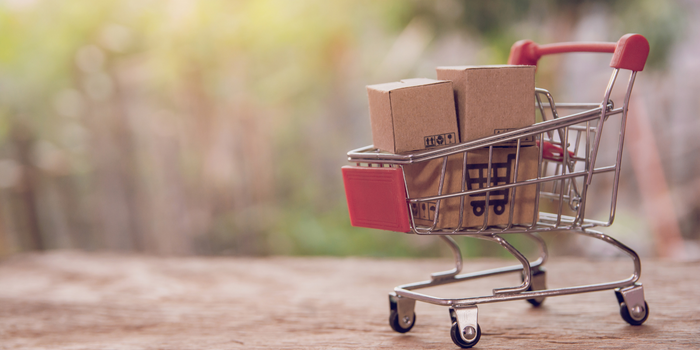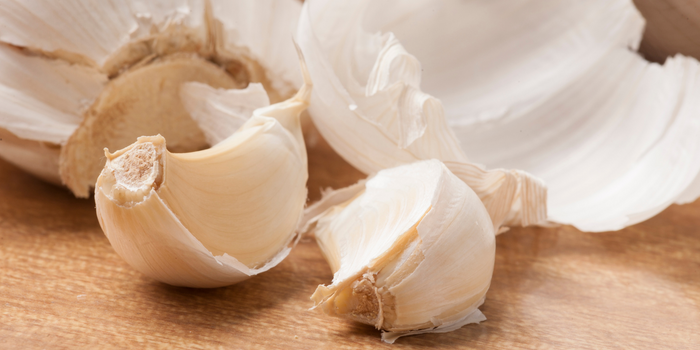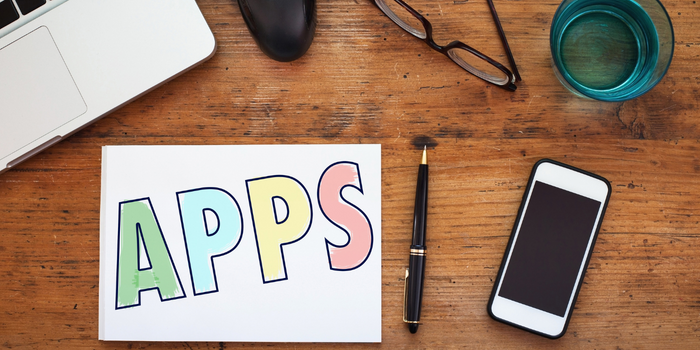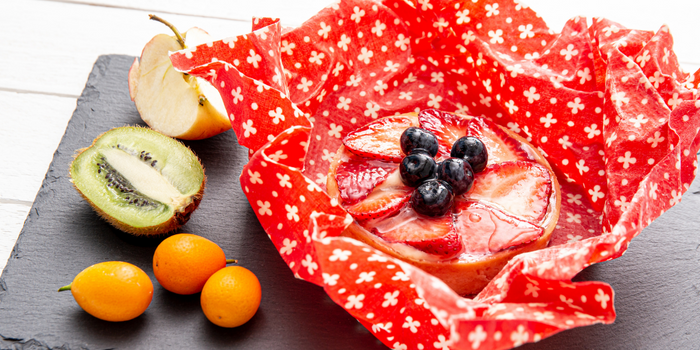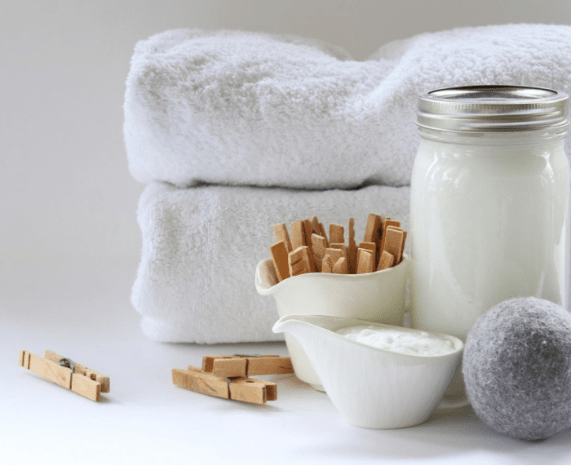
9 Best Natural Fabric Softener Brands We Love in 2023
Fabric softener is often our go-to tool for soft and nicely scented clothes which are free from wrinkles and stretching. However, have you ever wondered what actually is in a commercial bottle of your favorite fabric softener?
It’s no secret that plastic has become a major problem for our planet.
Eco-friendly tips,
tricks, and more
New ideas straight to your mailbox every month.
Bathroom
Zero Waste Toothpaste: 13 Popular Eco-Friendly Solutions
Today we’re going to talk about toothpaste – zero waste toothpaste, to be exact.
The 9 Best
Solar Power Banks
To Brighten Up Your Camping Trip
The greatest add-on
to every camping trip.
Kitchen
Did you know that we produce just about 200 million tonnes of plastic each year? – And the numbers just keep on growing!
Everything
Kitchen
Gifting
Center
Beauty
Zero Waste Mascara For Beautiful Lashes — Only Top Picks
Mascara is an absolute must for me when it comes to makeup, and I rarely leave the house without it.
Zero Waste Blush For Every Skin Tone — Only Top Picks
Using a blush is a great way to brighten up your skin and give it that beautifully rosy glow. And what’s even better than that?
Lifestyle
All About
Cleaner
Living
9 Eco-Friendly Swimwear Sets For This Summer
With summer in full swing, investing in new and stylish swimwear seems like a good idea.
7 Popular Bamboo Sunglasses For A Stylish Summer Look
Sunglasses are not only a practical accessory, but they can also be stylish!
Outdoors
9 Best Solar Power Banks To Brighten Up Your Camping Trip
There’s nothing worse than having your cell phone die during a camping or road trip. However, a handy solar power bank can help you avoid that!
More About
Greener
Grass
Pets
The
Furriest
News
7 Best Biodegradable Dog Poop Bags That Are Actually Legit

Did you know that only 9% of plastics are actually recycled? You may be wondering what happens to the other 91%.
The Benefits of Shopping Secondhand
Shopping secondhand is a practice that involves buying or selling used goods, such as clothes, furniture, books, or electronics.
Why You Should Switch to a Zero Waste Lifestyle
Zero waste is a concept that aims to eliminate or minimize the amount of waste that is sent to landfills, incinerators, or oceans.
The Top 20 Greenest Cities in the World
Imagine living in a city where you can breathe fresh air, enjoy green spaces, use renewable energy, and access public transportation easily.
The Impact of Fast Fashion on Our Planet
Fast fashion is a term that describes the quick turnover of fashion trends and the move towards cheap, mass-produced clothing.
Living in the Green: The Secret to a Happier, Healthier Life?
Living in the green means adopting a lifestyle that is environmentally friendly, sustainable, and healthy.
How to Make Your Own Eco-Friendly Cleaning Products
We all want a home that’s clean and fresh, but at what cost? Many cleaning products on the market today contain harsh chemicals that are harmful to the environment and…
The Truth About Biodegradable Plastics: What You Need to Know
Are you living a sustainable lifestyle and looking for ways to reduce your environmental impact? If so, you might have come across biodegradable plastics as a possible solution to your everyday plastic consumption.
The Ultimate Guide to Composting at Home
Composting is one of the easiest ways to reduce waste and take care of the environment.
10 Easy Ways to Reduce Your Plastic Footprint
It’s no secret that plastic has become a major problem for our planet.
How to Make Your Own Cat Toys from Toilet Paper Rolls
Are you an eco-conscious person seeking new ways to turn everyday items into something fun and functional? Look no further than your bathroom!
The Science of Composting – A Guide to Different Types of Composting Methods
Composting is a great way of recycling organic waste into a nutrient-rich material that can be used to fertilize plants and improve soil quality
Unlock the Power of Compost: Improve Soil, Save Money!
Are you looking for a way to give your plants a boost without breaking the bank? Look no further than your compost pile!
The Environmental Impact Of Composting
One thing that’s been gaining popularity lately is composting, the environmentally friendly way of disposing of waste.
Why Eco-Friendly Toys Matter More Than Ever
As parents, we go above and beyond to ensure our children get the best of everything. From food to clothing, we want only the best for our kids. However, have we ever thought about how their toys can affect not only their health but also the environment around us?
Natural Stool Hardener For Dogs: Our Top Five
Soft stools are a common problem in dogs, and it can be caused by a variety of factors.
Repurposing And Reusing Plastic Bags: From Wasteful to Resourceful
Repurposing And Reusing Plastic Bags
Plastic vs. Metal Leaf Rakes: Which One Is More Eco-Friendly?
The autumn leaves are falling, and it’s time to break out the leaf rake. But have you ever stopped to consider which type of rake is better for the environment: plastic or metal?
Upcycling For Beginners: 101 Guide to Get You Started
Do you want to join the green living movement, but don’t know where to start? Upcycling is a great way for beginners to make an eco-friendly impact without feeling overwhelmed. Not only is it easy and fun—but with upcycling, you can breathe new life into old materials, creating unique pieces that express your own creative style!
9 Best Natural Fabric Softener Brands We Love in 2023
Fabric softener is often our go-to tool for soft and nicely scented clothes which are free from wrinkles and stretching.
Choosing the Right Absorbent Coasters for Your Needs and Style
If you’re into green living and careful crafting of your home decor, chances are that fabric coasters have caught your eye. These coasters do more than just protect surfaces from hot or cold beverages; they can be a part of the overall look and feel of furniture in any room.
Absorbent Coasters vs. Non-Absorbent Coasters: Which is Better?
If you’ve ever had water rings on your furniture, then you know the importance of using coasters. But not all coasters are created equal. In this blog post, we will explore the pros and cons of absorbent coasters and non-absorbent coasters so that you can make an informed decision about which type is best for your needs.
The Benefits of Using Absorbent Coasters for Your Home
If there’s one thing that almost everyone can agree on, it’s that no one likes cleaning up a spill. Whether it’s water, juice, or coffee, these messy mishaps can be frustrating and leave behind an unsightly stain. Fortunately, absorbent coasters are here to save the day!
Zero Waste Living with Pets: The Ultimate Guide
Learn how to reduce your pet’s carbon pawprint and live a more sustainable life with our tips for zero waste living with pets.
How to Cut Down on Food Waste in Your Home
Food waste is a huge issue in the United States. In fact, it is estimated that around 40% of all food produced in this country ends up in the trash. This is not only bad for the environment, but it’s also bad for your wallet! In this blog post, we will discuss some ways that you can cut down on food waste in your home and save money.
5 Zero Waste Snacks for On-The-Go
When you’re on the go, it can be tough to find snacks that don’t create a lot of waste. But don’t worry, we’ve got you covered! In this blog post, we will share 5 zero-waste snack ideas that are perfect for when you’re on the go!
Zero Waste Gift Wrapping: Tips and Tricks
Do you want to give a gift that is both beautiful and eco-friendly? If so, then you should try zero-waste gift wrapping!
35 Things You Don’t Need To Buy
In this blog post, we will discuss 35 items that you don’t need to buy. Keep reading for some helpful tips on how to save money and live a happier life!
10 Unexpected Uses For Garlic Skin
If you’re like me, you probably go through garlic a little too quickly. So before you throw those skins away, read on and see how you can put them to good use!
5 Incredible Eco-Friendly Apps Everyone Should Use
There are a lot of eco-friendly apps on the market these days. But which ones should you be using? Here is a list of 5 incredible eco-friendly apps that we love the most!
How to Make Your Own Beeswax Food Wrap
Looking for a way to reduce your reliance on disposable plastic wrap? Reusable beeswax food wraps might be the answer!
